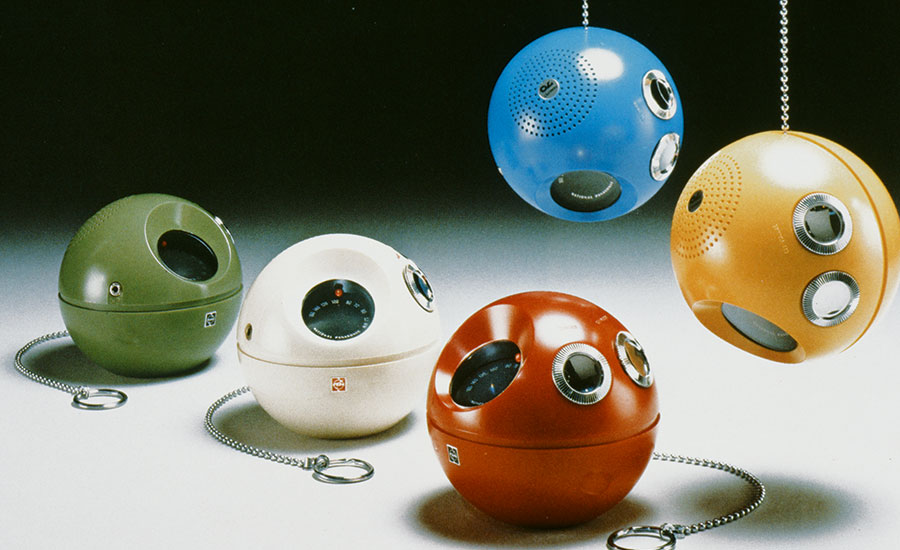Japan, unbelievably, does not yet have a national design museum, which makes American architect and RECORD special international correspondent Naomi Pollock’s comprehensive overview of postwar design, Japanese Design Since 1945: A Complete Sourcebook, the next-best thing. After 28 years in Japan covering architecture and design, and producing eight books, Pollock knows the country’s design history well and the key role that design has in Japanese society.

“In Japan, good design is everywhere,” Pollock says. “We may know the objects but not who or how or why they were created.” In nearly 500 fully illustrated pages, she profiles 70 architects and designers, many of whom are no longer alive. She spent two years crisscrossing Japan to interview these talents or their associates, families, and students. She also commissioned five essays by design experts.
Some of the names will be familiar (Kazuyo Sejima and Ryue Nishizawa of SANAA, Issey Miyake, Shigeru Ban) as will be some of the designs (the Sony Walkman, Panasonic’s Panapet R-70 radio [pictured], the Aibo robot dog, Yamaha motorcycles, and Shiro Kuramata’s rose-filled Miss Blanche acrylic chair). But the real value of the book is discovering the creators of things we see every day—from cars to Olympics posters, packaging to textiles, tableware to paper lanterns and furniture.
Throughout, Pollock explains the longtime emphasis on craft in Japan. “It doesn’t really matter what the medium is, whether plastic or metal, manufacturers treat the material with the same kind of reverence,” she writes. It’s all about “the attention to detail and, above all, respect for the hand of the artisan, whether a traditional craftsperson or a factory worker. Even the mass-produced or computer-generated can be created with the pride and care of the handmade.” She continues, “Though the user and maker may never meet, this way of thinking and doing is communicated through the objects that have been created.”
By tracing the history of the last 75 years, through Japan’s booms, bubbles, and busts, Pollock aims to show the relevance of that tradition to contemporary design and, in her words, “most importantly, the role and continued presence of craft that is unique to Japan.”







Post a comment to this article
Report Abusive Comment